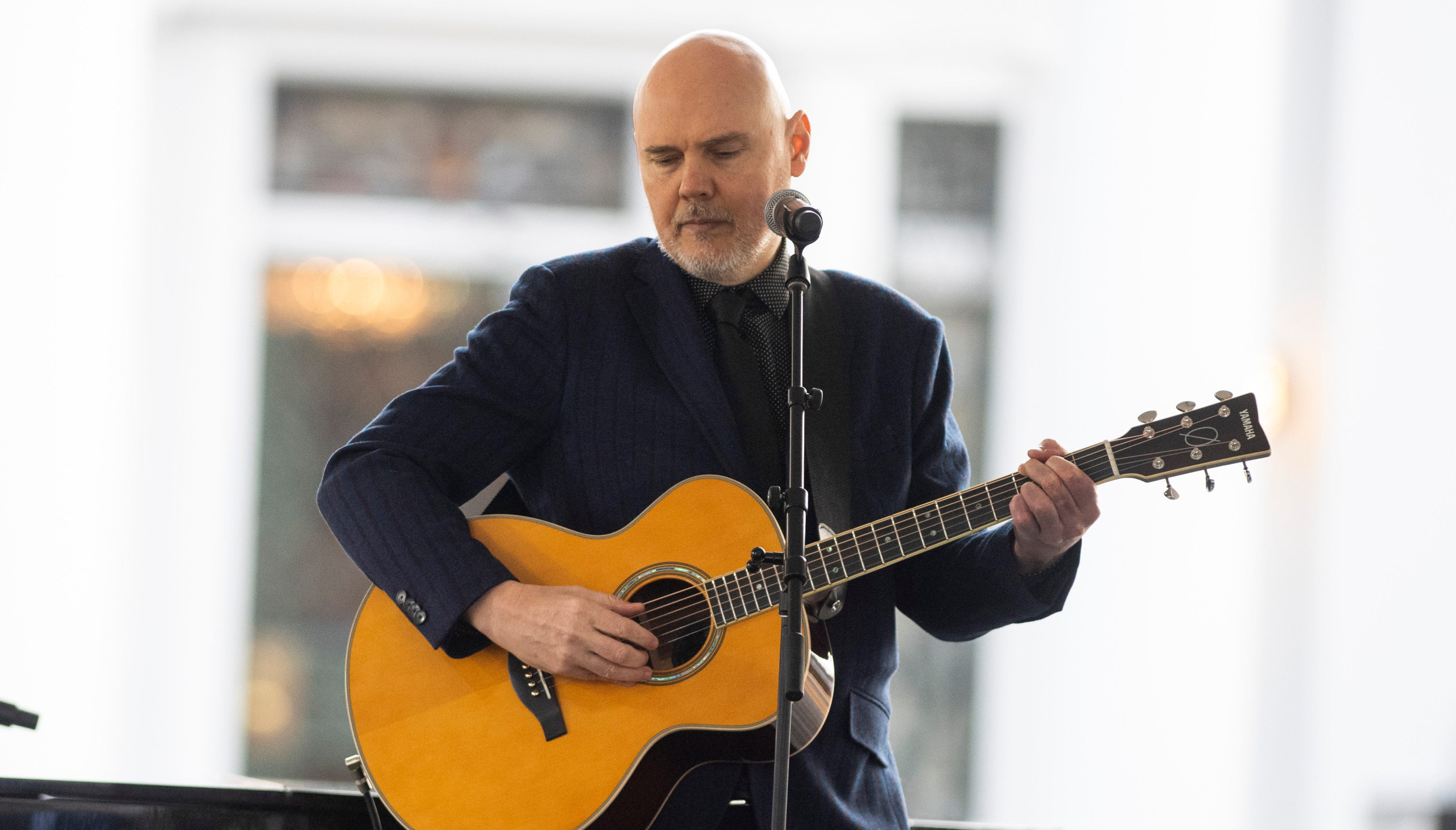As the U.S. stood a mere hours away from Monday’s solar eclipse, many excited eclipse watchers were trying to find prime viewing spots and figure out when they can best see the rare celestial event.
A number of communities in southern Illinois are included in the path of totality, meaning they will see the sun completely covered by the moon for several minutes.
While Chicago and its surrounding suburbs will only see a partial eclipse, the sights will still be captivating. The region will experience an estimated 94% totality.
According to NASA scientists, a total solar eclipse occurs when the new moon intersects the path of the sun in the sky, causing the sun to be partially and then nearly completely blocked from view.
In Carbondale, the largest Illinois city included in the path, totality will commence at approximately 1:59 p.m. Totality is expected to end at approximately 2:03 p.m. as the eclipse follows a diagonal line over Fairfeld and exits at Mount Carmel, according to state officials.
If you’ll be in the Chicago area and won’t be able to see the eclipse in totality, there is a silver lining. The partial eclipse will be visible for a while longer. For areas outside of the path of totality, it will not be safe to view the eclipse without glasses or other tools.
Here’s a city-by-city breakdown of what you can expect and when, according to Time and Date.
Aurora
Partial eclipse begins: 12:50:22
Maximum eclipse: 14:06:37
Partial eclipse ends: 15:21:07
Chicago
Partial eclipse begins: 12:51:28
Maximum eclipse: 14:07:41
Partial eclipse ends: 15:22:02
DeKalb
Partial eclipse begins: 12:50:03
Maximum eclipse: 14:06:09
Partial eclipse ends: 15:20:36
Evanston
Partial eclipse begins: 12:51:38
Maximum eclipse: 14:07:45
Partial eclipse ends: 15:22:00
Fox Lake
Partial eclipse begins: 12:51:29
Maximum eclipse: 14:07:20
Partial eclipse ends: 15:21:26
Lombard
Partial eclipse begins: 12:50:57
Maximum eclipse: 14:07:09
Partial eclipse ends: 15:21:33
Orland Park
Partial eclipse begins: 12:50:48
Maximum eclipse: 14:07:10
Partial eclipse ends: 15:21:42
Plainfield
Partial eclipse begins: 12:50:19
Maximum eclipse: 14:06:39
Partial eclipse ends: 15:21:14
Schaumburg
Partial eclipse begins: 12:51:05
Maximum eclipse: 14:07:10
Partial eclipse ends: 15:21:29
Wheaton
Partial eclipse begins: 12:50:48
Maximum eclipse: 14:07:00
Partial eclipse ends: 15:21:25
For those looking to be in the path of totality, here’s a list of Illinois cities that fall in that category, according to the Illinois DNR:
Carbondale
Totality begins: 13:59:15
Maximum eclipse: 14:01:20
Totality ends: 14:03:25
Makanda
Totality begins: 13:59:09
Maximum eclipse: 14:01:14
Totality ends: 14:03:19
Alto Pass
Totality begins: 13:58:56
Maximum eclipse: 14:01:01
Totality ends: 14:03:06
Fairfield
Totality begins: 14:01:19
Maximum eclipse: 14:03:21
Totality ends: 14:05:23
Olney
Totality begins: 14:02:12
Maximum eclipse: 14:04:07
Totality ends: 14:06:03
Golconda
Totality begins: 14:00:39
Maximum eclipse: 14:02:04
Totality ends: 14:03:30
Effingham
Totality begins: 14:03:25
Maximum eclipse: 14:03:49
Totality ends: 14:04:13
Mt. Vernon
Totality begins: 14:00:35
Maximum eclipse: 14:02:28
Totality ends: 14:04:20
Marion
Totality begins: 14:01:53
Maximum eclipse: 14:03:54
Totality ends: 14:05:56
Wherever you are, make sure to pick up a pair of eclipse glasses!








